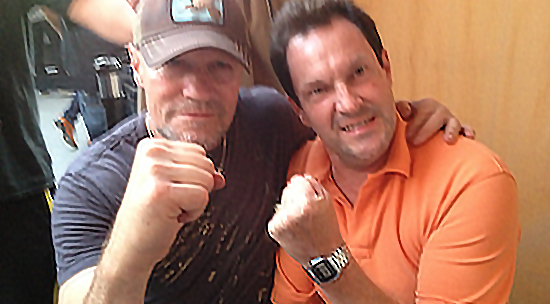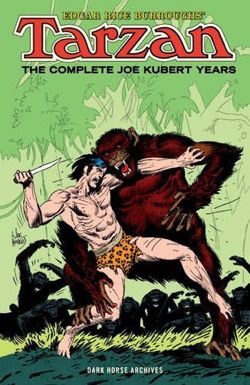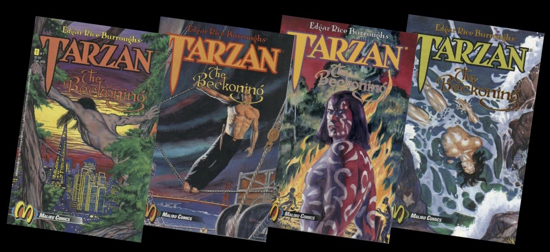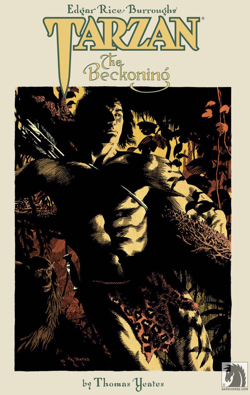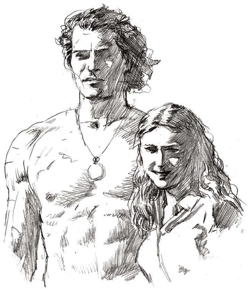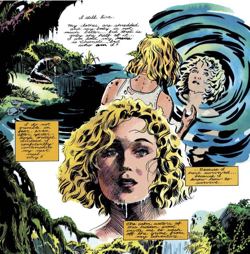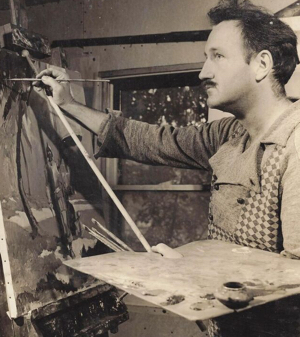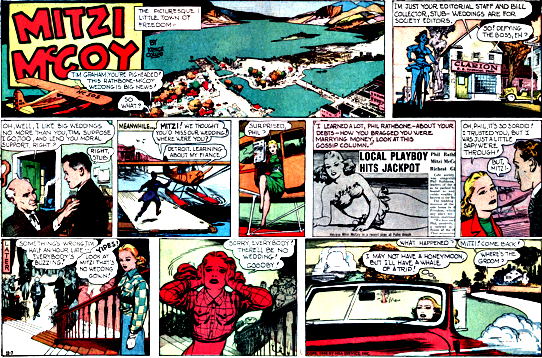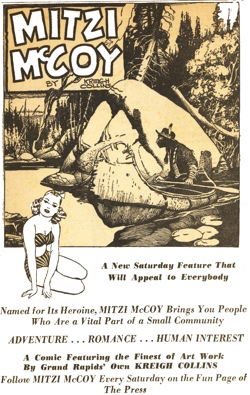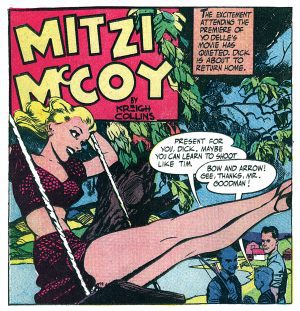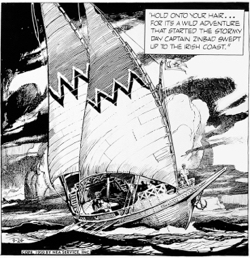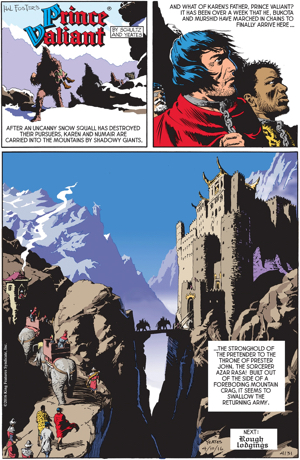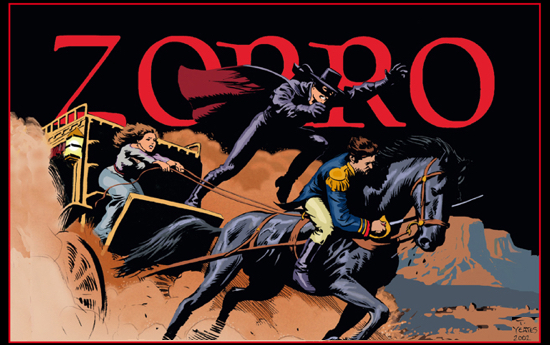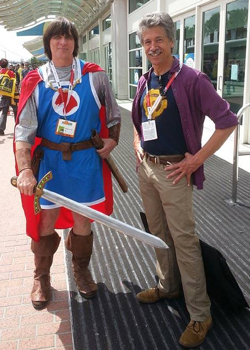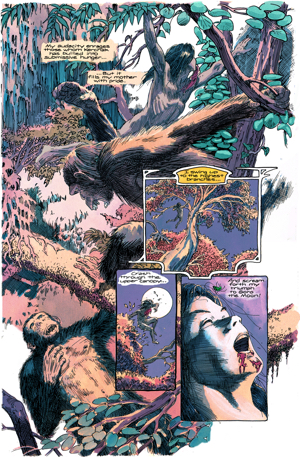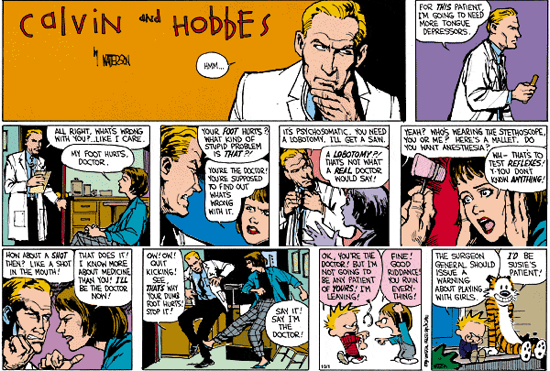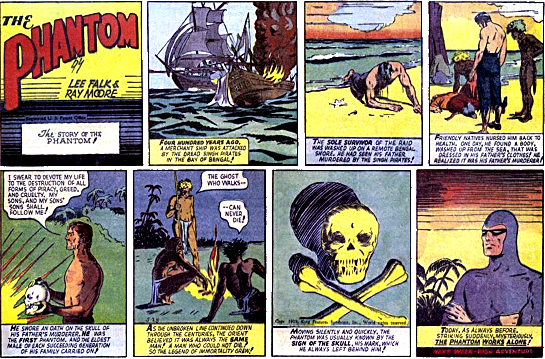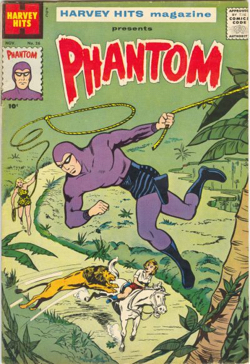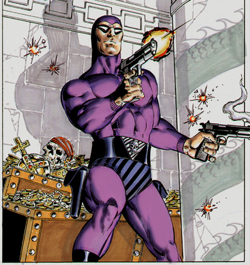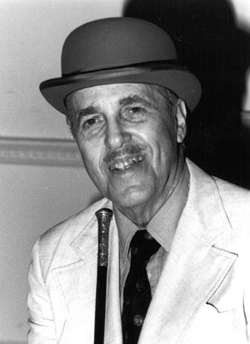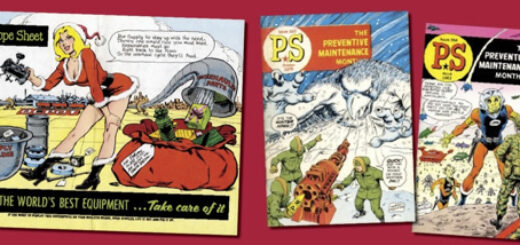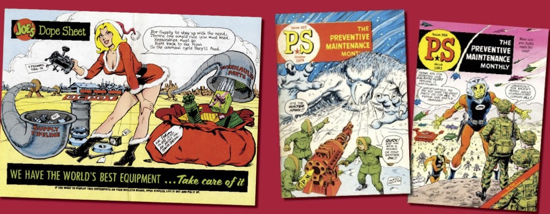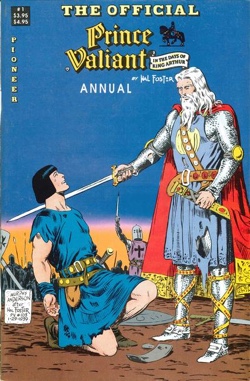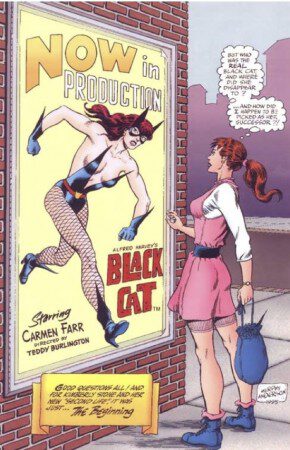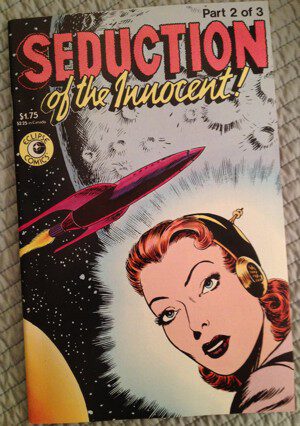Ed Catto: It Creeps! It Crawls! Beware the Comic-Con!
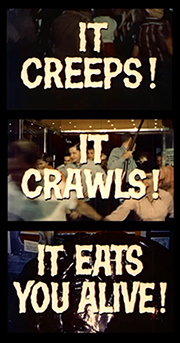 It’s indestructible! It’s indescribable! Nothing can stop it!
It’s indestructible! It’s indescribable! Nothing can stop it!
Every one of you watching this screen should look out! Because soon, very soon, the most horrifying monster menace ever conceived…
No, this isn’t advertising copy for a comic convention coming to your town. These lines are from the trailer for that old monster movie, The Blob. But it could be used to describe any upcoming comic con.
Comic conventions are not only thriving but, like the Blob, they are now oozing out from the walls of their convention centers and invading local towns. Geek culture cannot be held within its original confines.
Who would have ever thought, way back when Geek Culture was nestled in little comic shops in the scorned section of town, that we’d get to this point? Unlike the foreboding tone of that Blob movie trailer, this expanding, oozing primordial mass inspires a sense of awe and wonderment.
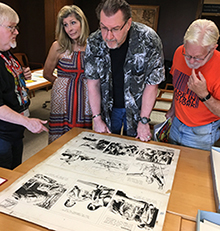 The San Diego Comic-Con is probably the best example of this. The nation’s longest running convention is held annually at the San Diego Convention Center. (And it will be held there until 2021, but that’s a whole ‘nother column.)
The San Diego Comic-Con is probably the best example of this. The nation’s longest running convention is held annually at the San Diego Convention Center. (And it will be held there until 2021, but that’s a whole ‘nother column.)
The entire city seems to get behind this show. Most of the shops, bars, and restaurants in San Diego offer specials and decorations to welcome convention attendees. It seems like every waiter and waitress is wearing a comic book or Walking Dead themed shirt, in fact. And the show itself is so sprawling, it now schedules events in nearby hotels, local libraries, and even the town baseball’s stadium.
I have a great friend who lives in San Diego. Walshy, as we’ve called him since grade school, doesn’t know anything about comics or pop culture. Check that – he loved MAD magazine. That counts. But by and large, he just doesn’t have a passion for graphic novels, or science fiction, or horror movies, or Doctor Who, or any of the cool stuff at the San Diego Comic-Con.
But each year he attends Comic-Con and has a blast. There is one particularly wild story about how he partied with Michael Rooker (“I’m Mary Poppins, y’all!”) and Miss Venezuela on a hotel rooftop… but we’ll save that one for another day as well.
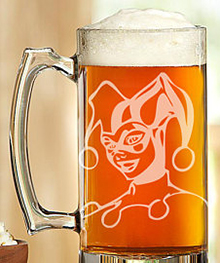 Walshy throws himself into San Diego Comic-Con because, as a resident, he can’t escape it. It’s so big and so boisterous that it’s all encompassing, even for locals.
Walshy throws himself into San Diego Comic-Con because, as a resident, he can’t escape it. It’s so big and so boisterous that it’s all encompassing, even for locals.
And the great news is that Geek Culture is very welcoming. It pitches a big tent and invites everyone to come on in and have some fun.
The same thing is happening at other conventions. New York Comic-Con now hosts “Super Week” before their show, for example. Not surprisingly, it’s also happening at the up-and-coming shows in smaller markets.
Over the past year, I lent a hand to help grow Syracuse’s Salt City Comic-Con. It was a rousing success: it doubled in attendance and exhibitors reported very strong sales. It was officially held at the local convention center in the middle of Syracuse’s downtown area. But in reality, the event stretched to make the two days of the comic-con much longer.
- The Mayor: Even Syracuse’s mayor got involved. Neal Adams was the guest of honor, and Mayor Stephanie Miner proclaimed the Saturday of the show to be “Neal Adams Day” in Syracuse.
- Comics on Campus: It turns out Syracuse University has an incredible collection of original comic strip art. And for the past 80 years, only researchers have been able to view these treasures. We worked with SU’s Special Collections Director for an exhibition of original pages for fans. I never thought fans would be able to hold the very first Prince Valiant page, by Hal Foster, in their hands, but they did! One of our favorite artists, Joe Jusko, stopped by the exhibit and was in awe. His posts of viewing his favorite artists (Foster, Frank Robbins, Stan Drake etc.) went viral. And yes, we’re planning something bigger for next year.
- Barley Quinn Craft Beer: The local brewpub, Empire, created a specialty beer called Barley Quinn and debuted it the week before the show. They gave away free Comic-con tickets and comics publisher Aftershock offered up a box full of Captain Kid graphic novels. Tom Peyer, the co-author of the series, is based in Syracuse and the publisher wanted to support him.
- Cosplay: The convention partnered with the nearby Schweinfurth Art Center, a museum with a specialty in fabric arts, to host a cosplay “pre-game” event. I always feel bad when cosplayers put so much time and energy into their costumes, and can only wear them for a day, or two, at a convention. I suppose it’s the same way for brides. It was fun to be able to offer one additional “wearable opportunity” for cosplayers.
So even in a market like Syracuse, Geek Culture has creeped and crawled to ooze out beyond the confines of both the calendar and the convention center to become something bigger. Unlike the teenagers and townsfolk in The Blob, I’m not terrified. I’m elated! And you should be too.


